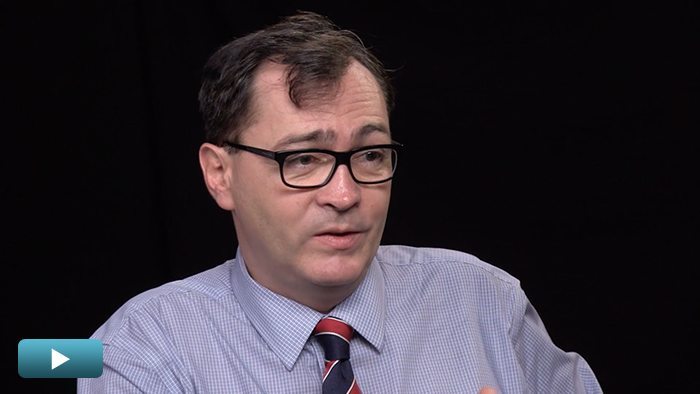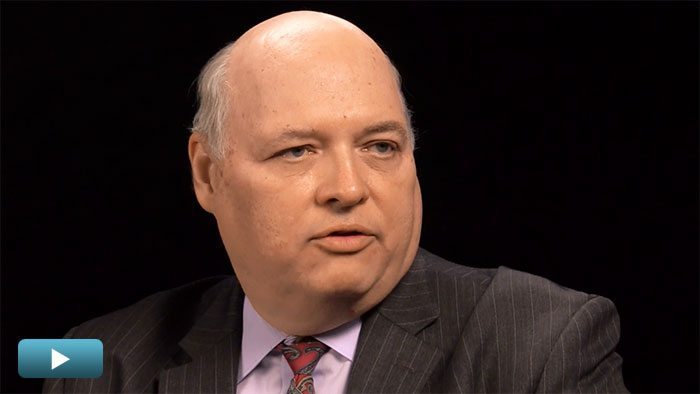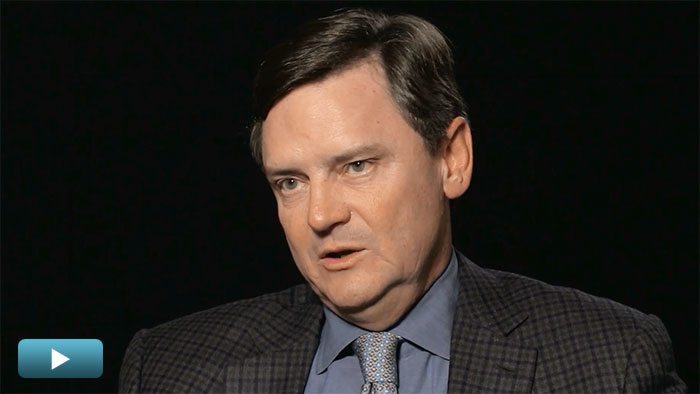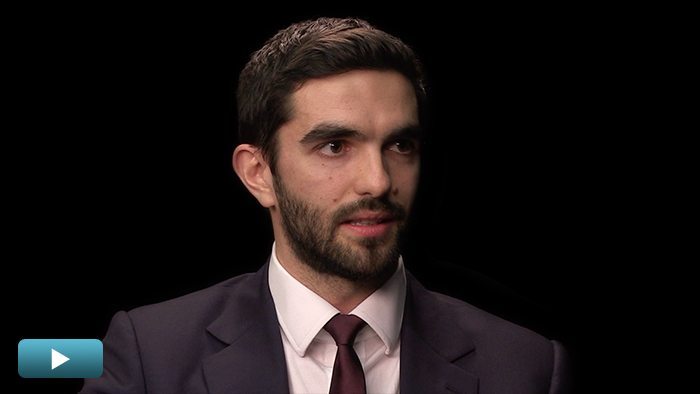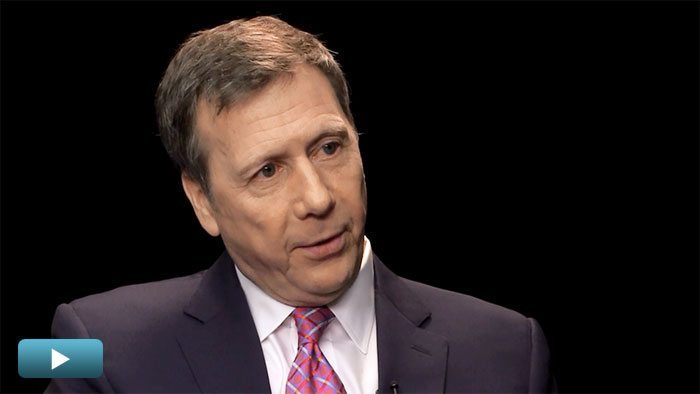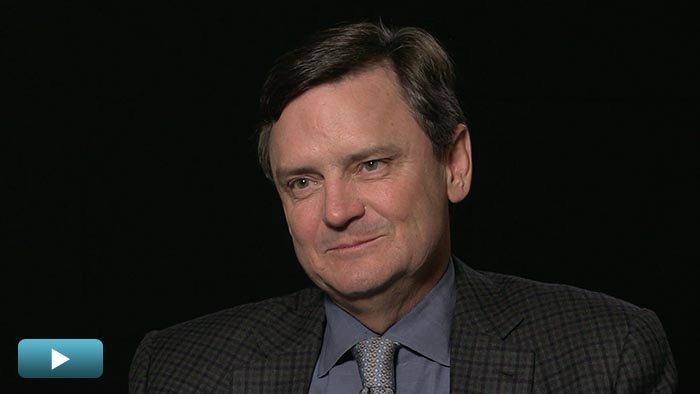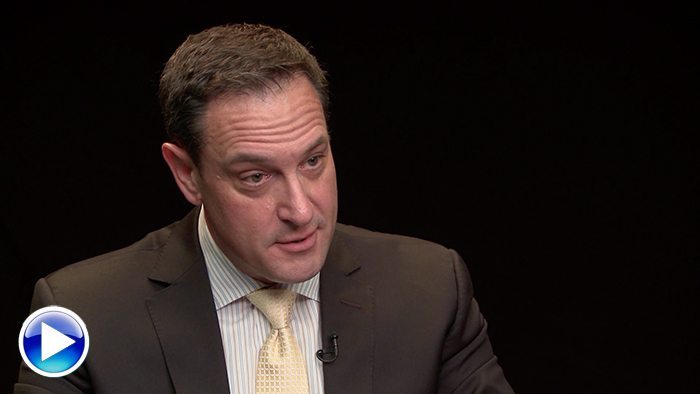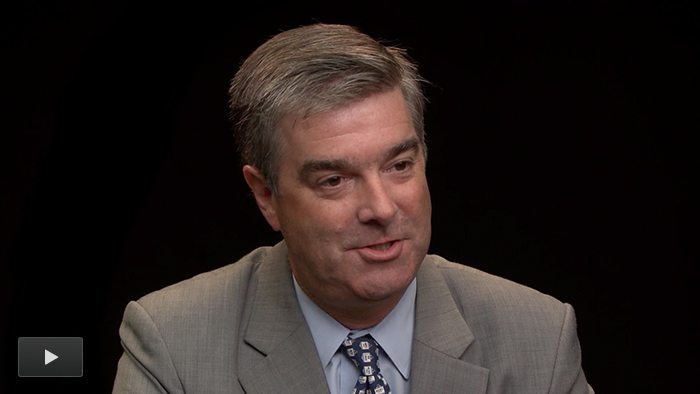Crowdfunding For Real Estate
Whether you have $50,000 or $100 to invest in a local real estate deal, Fundrise wants to help. PrivcapRE’s Zoe Hughes interviews co-founder Daniel Miller about how the internet, combined with new regulations and keen interest in nearby, tangible assets, will change the way capital is formed for property.
Transcript Download Transcript
Crowdfunding For Real Estate
With Daniel Miller of Fundrise
Zoe Hughes, PrivcapRE:
I’m joined here today by Daniel Miller, co-founder of Fundrise, a commercial real estate crowd sourcing platform. Thank you very much for joining us here.
Daniel Miller, Fundrise:
Yeah, thank you very much.
Hughes: Our pleasure. I want to talk about the way that commercial real estate is raising equity today for deals in investment vehicles. We’re seeing quite a bit of change on the landscape, particularly due to technology but also regulatory changes. Fundrise is actually quite an intriguing model. I’d love you to give me an idea of how it works because I think it offers a glimpse to what institutional capital raising could be in the future. Describe to me Fundrise and how it actually works.
Miller: We began the company as real estate developers in DC. Our family had done a lot of large transactions, we’d work with institutional capital. As my brother and I started developing smaller properties in DC we wanted to have a local community invested with us in the projects. We thought that these projects relate to the community, the tenants matter to the community. Let’s reach out to people and see if they’d like to invest alongside us.
That was the idea about three years ago. The securities law has been extremely difficult to work through but we eventually found a regulation that allowed us to do an effective state qualified offering. We could offer the project, interest in the project to any resident of DC or Virginia at a hundred dollars a share, accredited, non-accredited.
We created Fundrise as a vehicle to sell it online, to distribute the deal, to manage investors. What we found was this huge demand for people to participate and invest in projects that relate to them.
Hughes: Is it largely aimed at the unaccredited investor currently?
Miller: Our view … it wasn’t really about unaccredited or accredited, it was about location. Real estate inherently is local, it’s most relevant to people that live nearby or that work nearby or that grew up in that neighborhood. Those are the natural people to go out for investments. We’ve had people invest $50 thousand, invest a hundred dollars but we view them as the same type of investor, they invest because of the tangible aspect of it being nearby, of them knowing it and stepping in for a lot of the underwriting.
Hughes: When you’re doing the capital raises, it’s on a deal-by-deal, property-by-property basis. What’s the minimum investment and what’s the maximum?
Miller: We’ve been doing them deal-by-deal to start because we’re selling branded real estate, basically. We’re selling a product to people. If it’s a specific deal, they tend to understand the project much better. If it’s a fund, it’s harder for people to get excited about that.
The first deal, as an example, we bought the project with $500,000.00 of equity, that equity was raised from accredited friends and family, our network, 25-100,000 checks, closed on the property, filed that state public offering I had mentioned and then 6 months later, we offered it to the general public and raised $325,000 from 175 people.
Hughes: How long did it take you to raise that capital?
Miller: It took 90 days for the first public raise, then the next one took 60 and the last one took about 45 days. We’re seeing rapid pick-up, particularly because the first time people are offered this, they’ve never seen a real estate security. Most people, they haven’t invested directly. Even with accredited- it’s the idea of investing online and digitally, people still want to get comfortable with it.
Hughes: Talk about the traction and the investor interest.
Miller: Sure. So the first project we launched, we launched Fundrise as a platform at the same time we launched the project. Nobody really knew who we were. People had known us as developers in DC but we didn’t have that much of a broader audience. The first project, we raised, I believe $32,000.00 in the first day. The second project, we raised $164,000 in the first day.
For us, it was just -there’s a huge group of people that are very excited about local investing, about investing in real estate that relates to them. When I say ‘local’ it doesn’t necessarily mean person from that community, it’s somebody who has a tangible connection to that project.
Hughes: One of the things that is intriguing about the model is this can even be applied to the institutional market. Do you think that this is actually more of a local phenomenon or could this actually be translated into a more institutional, perhaps even private equity model?
Miller: I actually think it pairs best with institutional capital. As an example, we’ve got a grant from the Kresge Foundation in Detroit for us to figure out how to do public offerings in Detroit. They have a large fund, they’ve raised $150 million dollar debt fund. They want some sort of local capital to be paired with that as they buy and renovate buildings. I think intelligent institutional investors and GPs are going to realize that having local investment being part of the capital stack helps the asset, it helps sell hotel rooms if it’s a hotel property, it will help lease the property if it’s rental. It’s about getting people locally, entitlement zoning involved in the project, whereas the vast majority of the capital is still going to come from where it always comes from, people with large co-capital and institutional investment groups. Even in our first deal, majority of the capital is from accredited investors.
Hughes: It’s very much a local investor base, rather than trying to take this to a national investor base.
Miller: We’ve found that people tend to invest locally. Conversation rate is much, much higher locally. It’s even higher block-to-block. I think it’s that inherently if somebody’s offering you an investment and it’s in Ohio and you haven’t been to Ohio, you don’t know the city, you’re much less likely to invest, particularly if it’s online. If you knew the sponsor and the sponsor’s a close friend of yours, then that might stand in for location because you have a relationship.
We found though that when people are presented without a direct relationship to the sponsor, to the GP, it’s the location and their knowledge of, “I know that corner,” “I know that block,” that gets them comfortable.
Hughes: What about risk appetite? These are local investors, some are unaccredited, some accredited but on the lower end of the scale, how much appetite did they have for risk?
Miller: That’s one of the most important things. Projects we were doing were, edge neighborhoods, particularly 8th Street North East in DC. It’s similar to Williamsburg, it’s an up and coming younger neighborhood. Most private equity firms didn’t know that neighborhood. The deals were under ten million and we wanted to do non-credit tenants. That capital that we raised actually stepped in for tenant improvement dollars on a deal that most institutional money would not have financed. It’s really going to help the more creative use of real estate as opposed to just focusing on credit.
Hughes: Applying this model, it’s not just about trying to give unaccredited and accredited investors the core assets, the ultra safe, the “let’s clip a coupon” but actually you could take them further up the risk curve and do more opportunistic investing.
Miller: Yeah, I think that’s where it fits best. There are a lot of people who already will invest in core real estate, so if you’re buying a building downtown New York there are already huge pools of capital. This may help but it helps a lot more with a ten million dollar project in Crown Heights or something like that.
Hughes: When it comes to reporting, do you have any liquidity requirements or do you have to do daily NAV’s? How much information do you actually have to give to the investors?
Miller: Right now our default is it’s fully liquid, we’ve described that real estate private placements and partnerships are always liquid.
We’ll try to improve on that in the future. Somebody can transfer their shares to somebody else with our sign-off. Over time, we’re going to work on a secondary market but, right now, we’re just happy enough that they could make an initial investment and we’ll work on secondary later.
Hughes: That’s obviously one point I wanted to raise. Where is the secondary market? Is that something that would be needed for more institutional investors to get into it?
Miller: There are three main structures that the capital can go into. There’s senior debt and our view on senior debt is it’s already almost a commodity. There’s tons of debt available. If you have forty percent equity, you’ll get the debt. Focusing on crowd funding or broad-based investments for debt, we think, makes less sense. The lead tends to be pretty low.
Mezzanine financing is where we think it’ll be a standardized product. We have between 60 to 85 percent, it’ll be the exact same terms, the only thing that will change will be the interest rate, whether it’ll accrue or not, the term of the investment. I think mezzanine financing could be a liquid product. Equity, we just don’t believe the float is going to big enough to be liquid in that sense but maybe you’ll get 80 cents as opposed to 50 cents. I think equity, because there’s not a set timeframe and there’s not a benchmark to measure it against will be very difficult to make liquid.
Hughes: As you grow Fundrise and, obviously, as it’s getting more traction in the market, what are your plans for expansion? How are you growing the company?
Miller: We began as a development company, the first six projects we did were all our own deals. About ninety days ago, we decided the business was actually in scaling Fundrise as a platform because developers wanted to use the same tools we had: a way to post transactions, manage everything digitally, have electronic signatures, electric funds, transfers. There’s a back-end software service piece to make distributions, to distribute K1’s, post investor updates.
Where we are now is selling, basically, a web software product to developers in the top twenty to thirty markets in the country. We found different traction, different markets, and different uses in different markets. The real power is plugging into great sponsors and great developers and letting them use their brand and their assets to raise capital directly from people.
Hughes: The general solicitation rules have obviously changed since you obviously started Fundrise. How has that helped or how has that opened up your model to potentially the more institutional assets?
Miller: It’s going to allow us to scale more quickly and it’s going to allow us to distribute it more often. What we found is that the institutional investor tends to be later coming into these types of investments. Somebody who is investing on their own behalf can make a decision, there are no committees, and there are no groups. I think what will happen is the broad-based advertising that’s now going to be legal is going to bring a lot of high net worth, maybe a lot of family offices. I think institutional investors, after the first year or two as they get comfortable with returns, structures and rights will start to come in.
Hughes: One question on investors digging down, doing the due diligence. How much do you actually reveal? If you’re going out to unaccredited investors or the smaller accredited investors, how much do you reveal of your own personal wealth or your own track record? How much do you actually give over?
Miller: We have lots of documentation. We’re about transparency. We think the best way to deal with anything is to be public. The first sets of deals, we say how much the developer has into the deal, and we say we’re guaranteed on the debt. We don’t put up personal financials but there’s a lot of information on the deal. What we found is with most developers, if you call a few people, you can get a sense of their reputation. In particular, I think this is going to allow more transparency into reputation. Firms that have consistently done well and have broad-based support and a broad-base investor base will be able to amplify that.

